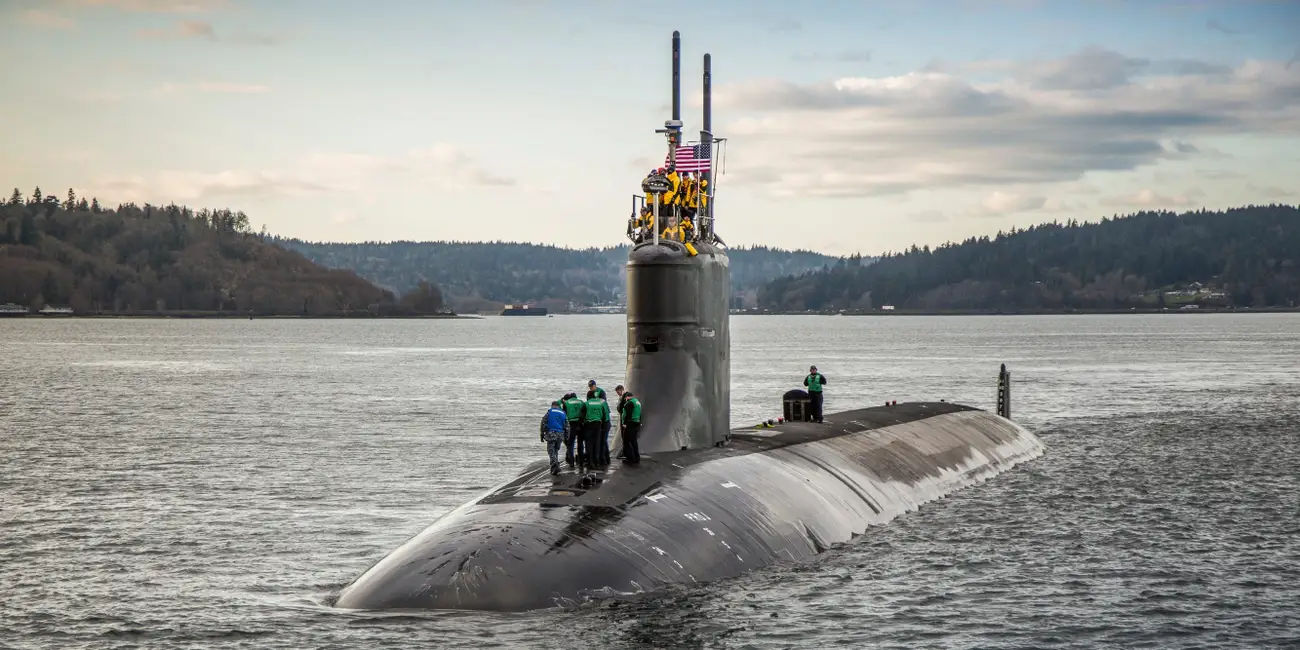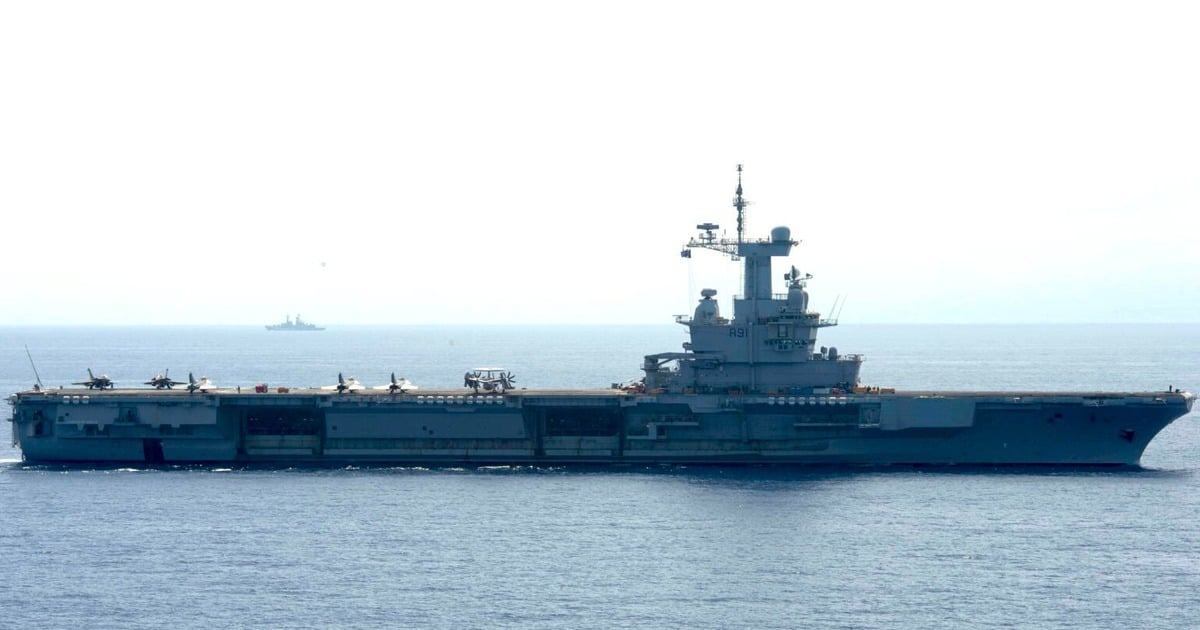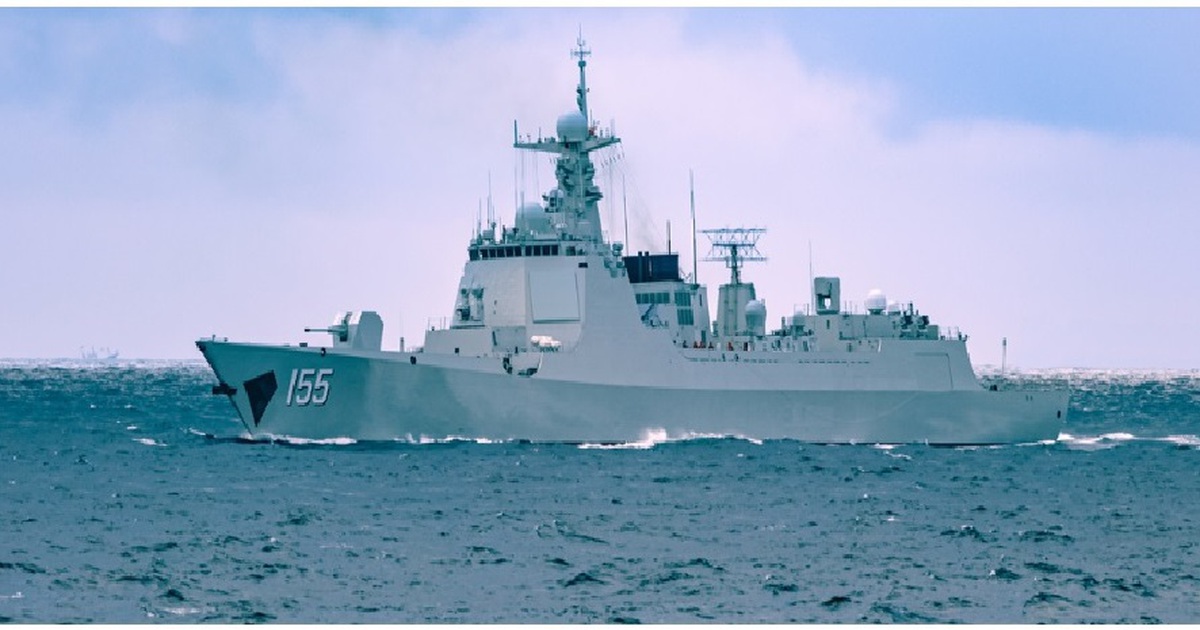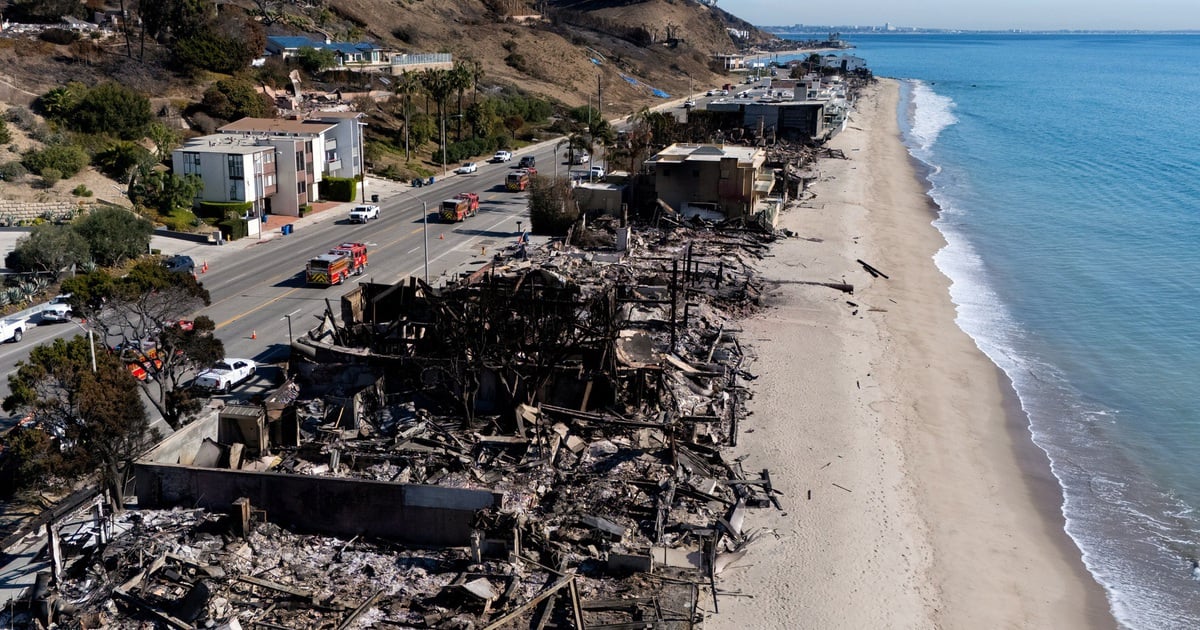A US Navy nuclear-powered submarine that hit an underwater mountain while traveling through the South China Sea in 2021 will be out of action for at least several more years while it awaits repairs, Business Insider reported.
The latest reports say the fast-attack submarine USS Connecticut is still at a Washington state shipyard awaiting maintenance. Bloomberg reports that repairs to the bow and lower rudder will cost about $80 million and will take the Seawolf-class submarine out of service until 2026 at the earliest.

US Navy Seawolf-class fast attack submarine USS Connecticut (SSN 22)
The lengthy repairs have exposed lingering problems with the Navy’s ability to repair and maintain damaged equipment, a longstanding problem that officials at the Government Accountability Office say is negatively impacting readiness.
Bloomberg cited Navy records as saying that 18 of the 49 US attack submarines were not ready for combat due to maintenance reasons.
“It will take AT LEAST FIVE YEARS of repairs to get the USS Connecticut, one of our most feared submarines, back in the fleet,” Sen. Roger Wicker, the top Republican on the Senate Armed Services Committee, wrote on Twitter. The delay, he said, is a reminder of the vast sums of money the United States needs to invest in maritime infrastructure.
US nuclear submarine hits object in the East Sea, many sailors injured
Built at the end of the Cold War to hunt Soviet ships, the Connecticut, one of three Seawolf-class submarines, is considered one of the most capable submarines in the US Navy. The boats are equipped with Tomahawk cruise missiles and torpedoes.
However, during a transit through international waters in the South China Sea in early October 2021, the ship hit an underwater mountain. The incident damaged the submarine, slightly injured 11 sailors on board, and several other members required psychological treatment, according to CNN.
The US Navy fired the ship's commanding officer shortly after the incident. A Navy report declassified in April 2022 found that the accident was the result of multiple errors and was entirely preventable.
Source link






















































Comment (0)